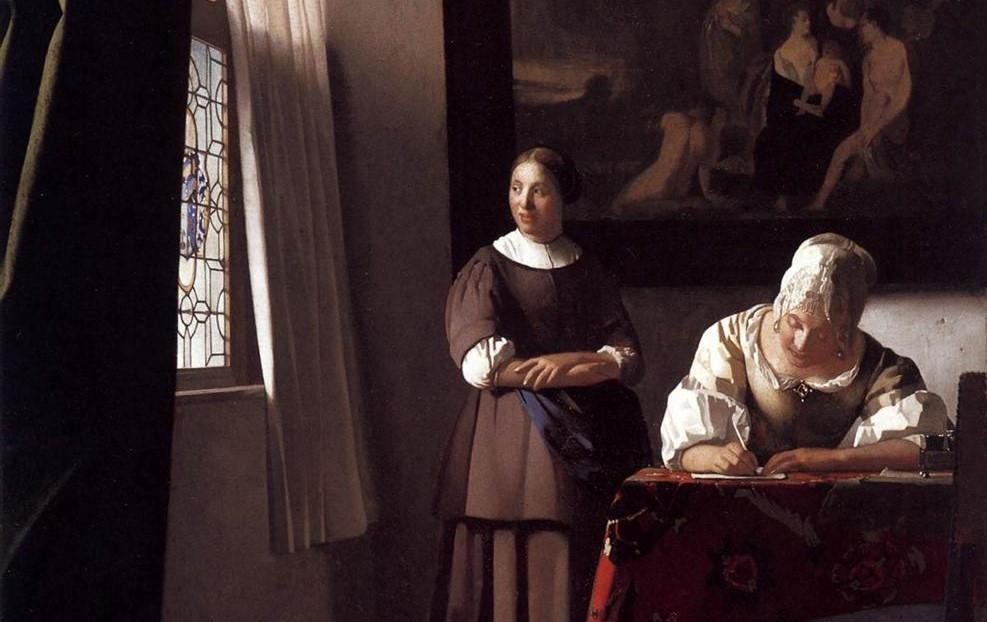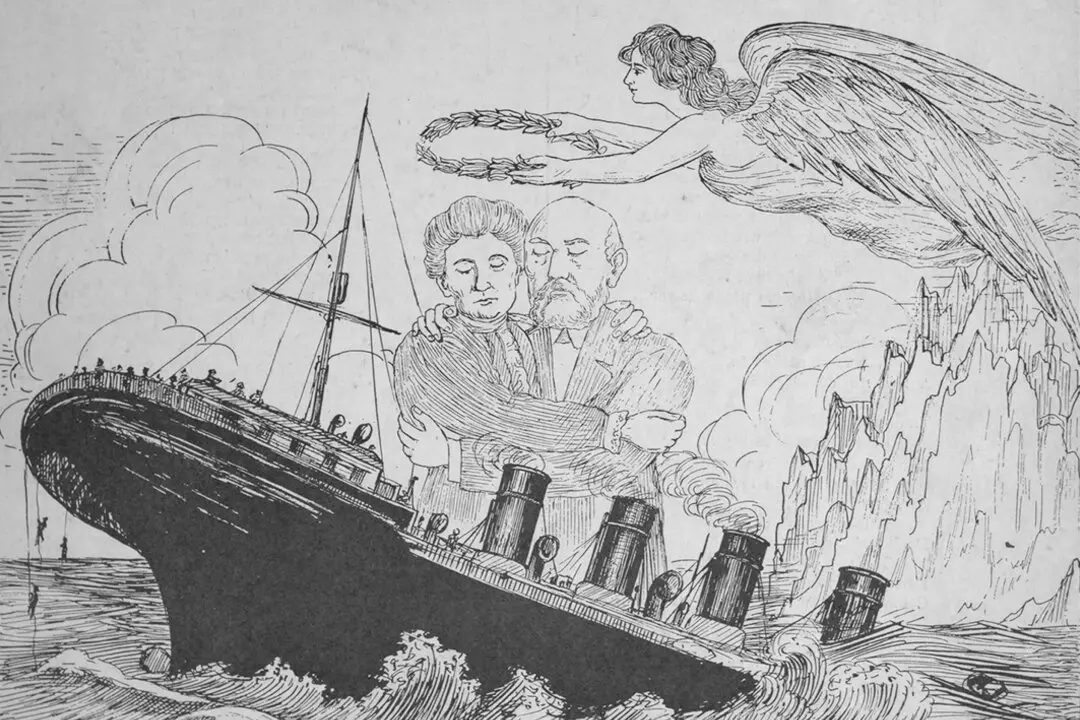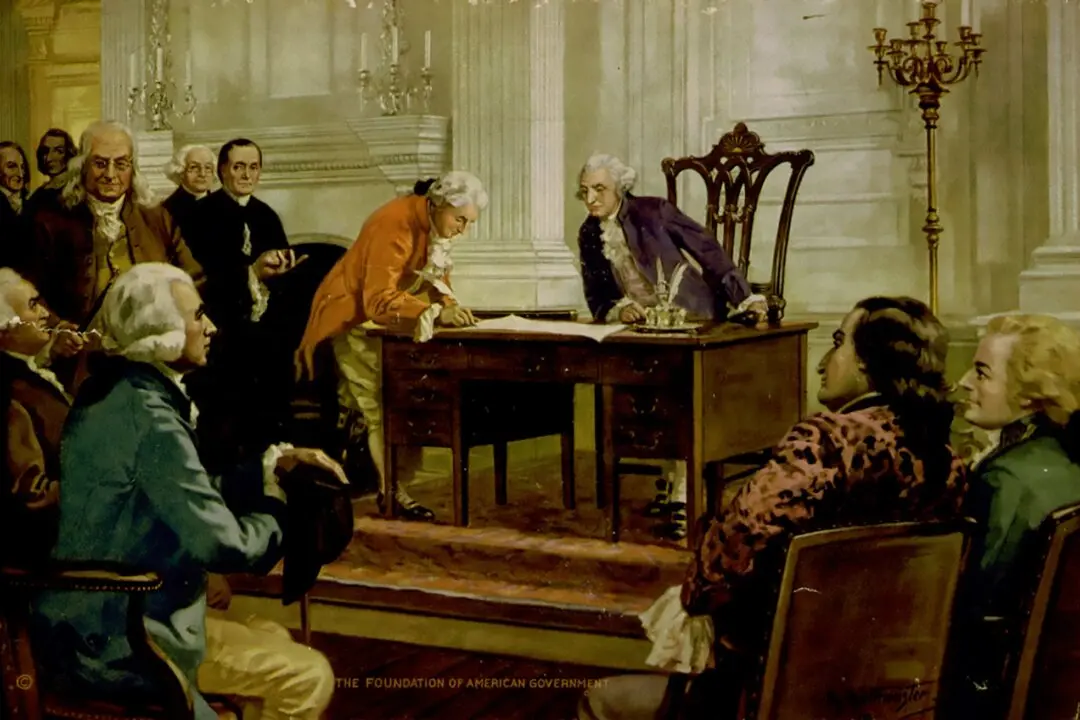On New Year’s Day, mostly to amuse some restless grandchildren, I carried a drawer from the filing cabinet in the basement up the steps and into the kitchen.
The three younger kids and I gathered around the table and pulled some treasures from the drawer: the little bonnet their toddler great-great-great grandfather had worn on the ship from Ireland to America well over a century ago, the coins collected as a child by my deceased wife, including several silver dollars from the 1920s, and a few other odds and ends.






